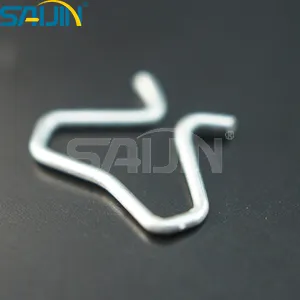What is an electrical contact?
An electrical contact is an electrically controlled switch that completes or interrupts a circuit affecting an electrical current. Unlike relays, electrical contacts carry higher current loads and are designed to be directly connected to high voltage feeds.
Contacts come in a variety of sizes, from small to very large, depending on voltage requirements and usage. Contacts are used in all types of control devices. Unlike circuit breakers, electrical contacts are not, by default, meant to interrupt a short circuit. Instead, contacts either complete or interrupt a circuit based on a secondary, low voltage control power source.
A contactor has three basic parts: an operating coil and stationary and movable contacts. When power is sent to the control coil (via a shunt) the coil creates an electromagnetic current and either forces the movable contact arm open or closed to complete or interrupt the circuit.
Replacement contact sets and kits
As with any electro-mechanical device, contacts eventually wear out. However, the various components of a contactor assembly wear at different rates. Although most DC contacts can be ordered individually, typically, replacement contact kits or sets contain multiple parts that are commonly replaced together: These include the movables and stationeries, screws, springs and other hardware.
Replacement contact tips/pads
In most AC applications metal pads, made of silver, nickel, cadmium, copper, or alloys, are braised to a copper backing. The contact pad is what makes contact to transfer the current. During usage, wear occurs due to "sticking or welding" of the contacts that are closed for long periods. Corrosion and the appearance of "gaps" can result in poor performance or arcing, which can be very dangerous. Hence, the intended use and current loads will determine the metals used in the pads as well as their thickness.











